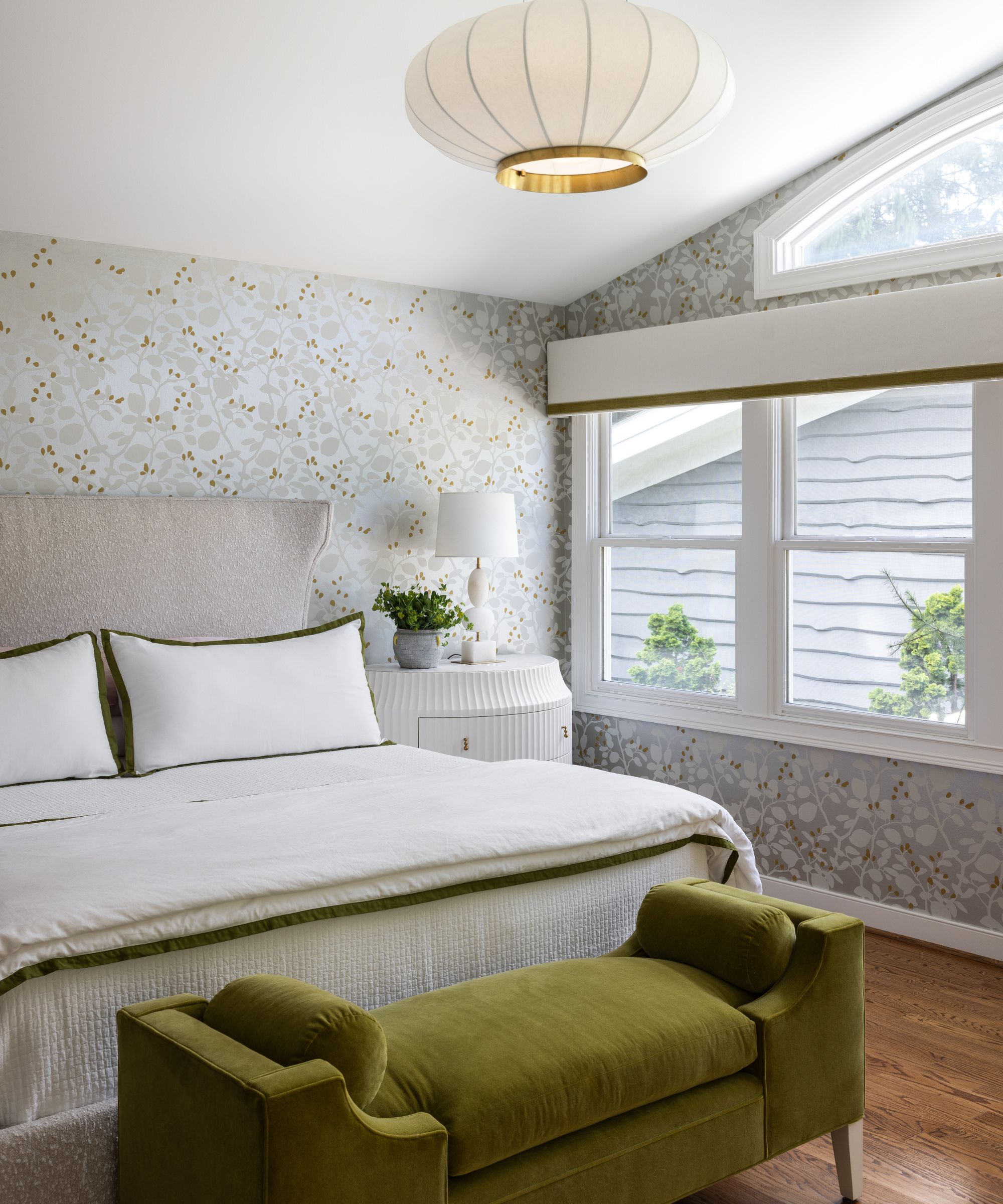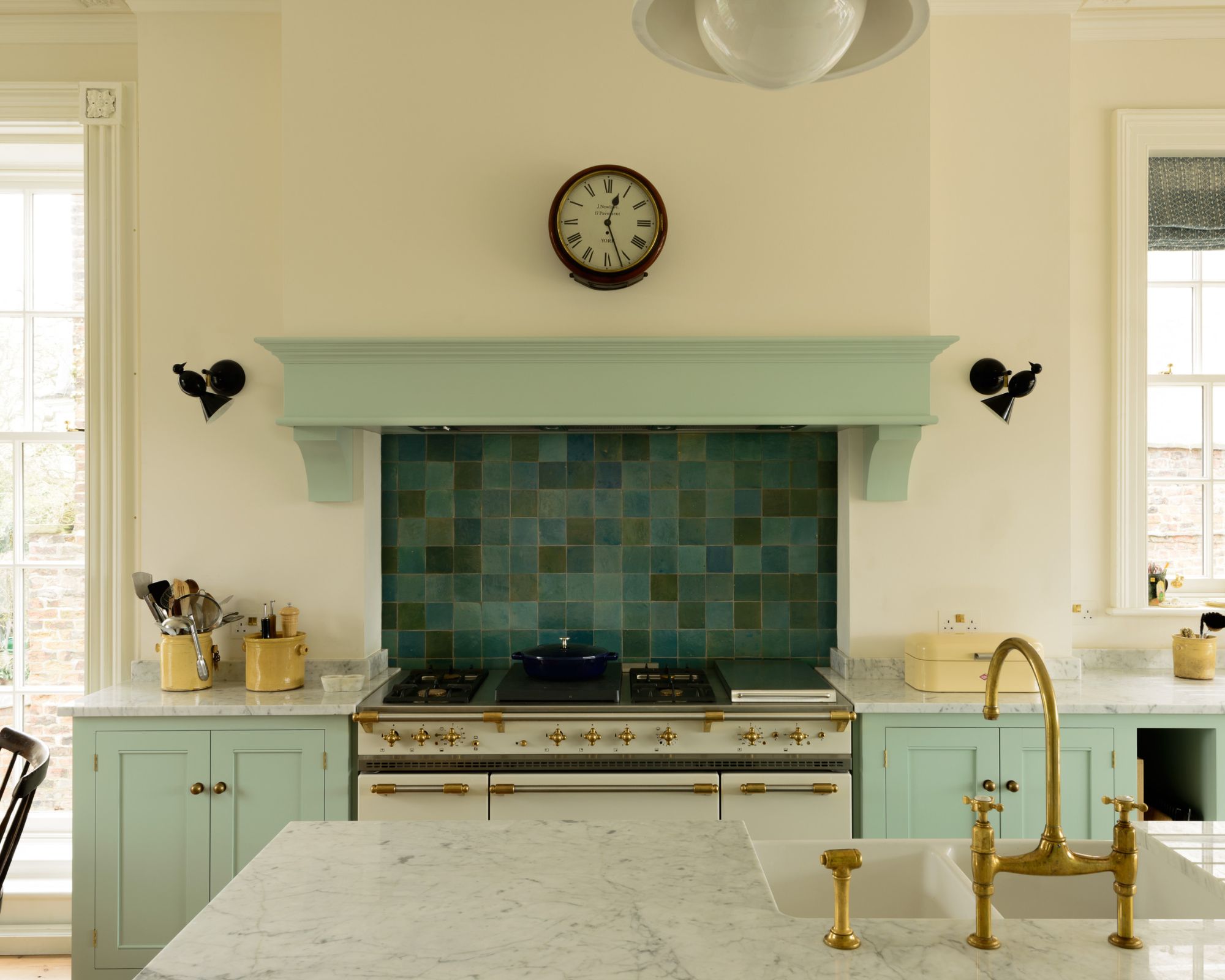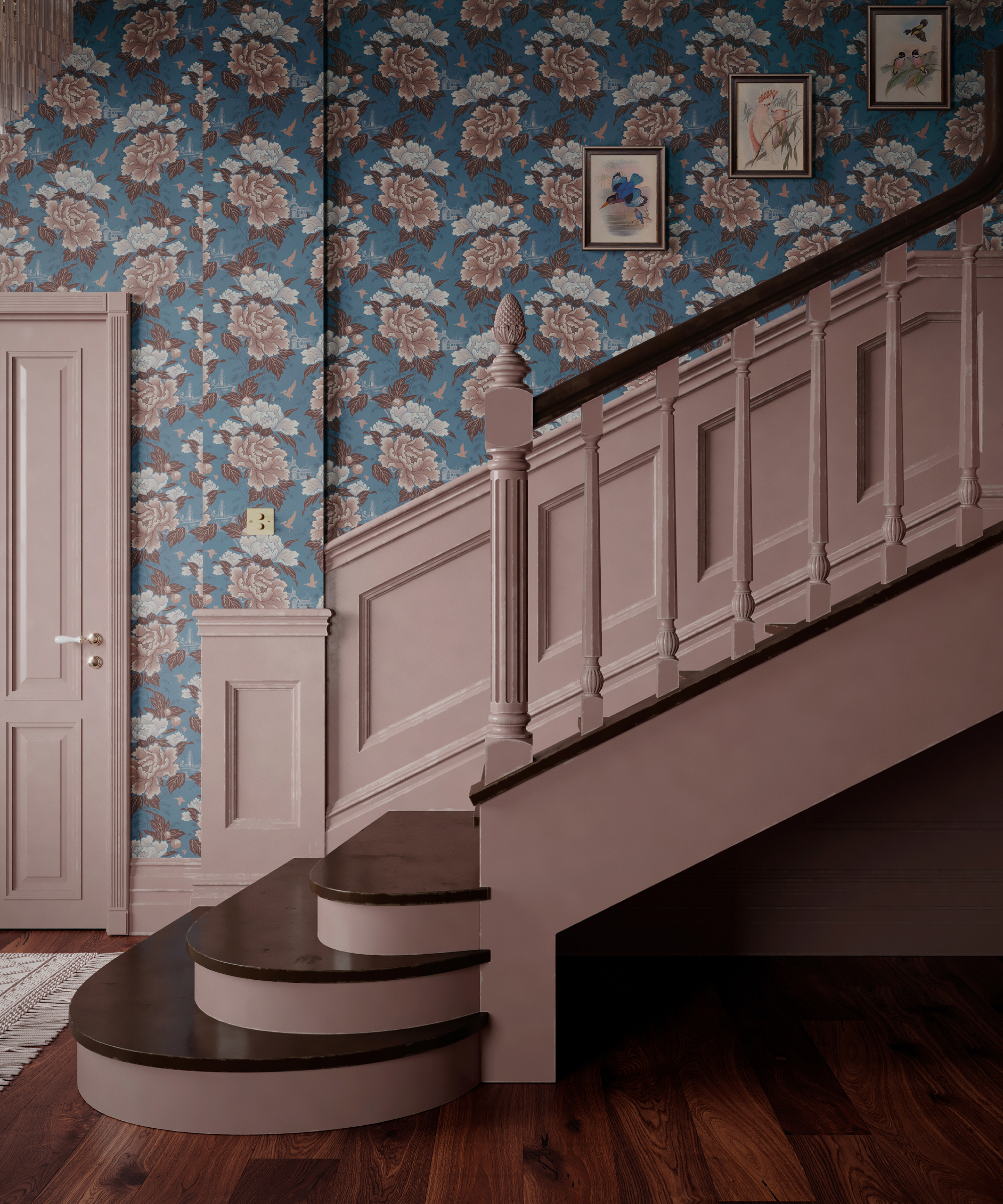7 money-saving tips you need to know before renovating your home
Our experts share their insider knowledge for keeping your renovation costs down


January is as good a time as any to revamp and refresh your home. But whether you tackle home projects yourself, prefer to hire professionals, or are a DIY beginner, keeping costs down can be tough.
After all, home improvements and renovations are usually anything but cheap. That's where our home construction pros' seven money-saving tips for renovations will come in handy, including knowing where to splurge, and where to save.
From reducing labor costs, and how to save on materials and project managers, our experts reveal their home renovation budgeting advice.
Money-saving tips to know before renovating your home
1. Determine your criteria first

It might seem obvious, but the top of your pre-renovation checklist should be deciding exactly what you want to achieve when undertaking the project.
Todd Miller, president of Isaiah Industries and home improvement expert at Ask Todd Miller, says, 'Determine your criteria first – what do you want to accomplish with the project?'
This will not only give you direction when renovating a house, but also give you a chance to consider your all-important budget before getting started and be clear on whether the spend will get you what you want.
If you're unsure how much you should budget for home renovations, our designers share the details in our expert-lead guide.
2. Research beforehand

Next, research is crucial, particularly if you're considering renovation projects that will add value to your home.
Jeff Thacker, owner of Jeff Thacker Master Tiler LLC, advises, 'Before renovating your home, do some online research to determine what kinds of materials you want. Don't just go for aesthetics – look at the durability, and appropriateness for where you're going to put the materials.
'For example, travertine tiles are not good for backsplashes because they're porous and absorb water like a sponge. Also, consider what you're spending based on the value you're adding to your home. You don't want to have the most expensive reno in your neighborhood if you're unlikely to recoup your money when you sell,'
This will help avoid expensive home renovation mistakes you will come to regret.
3. Speak to contractors ahead of time

So, you've decided where you want to go with your project, and which home remodel trends you want to employ. What's next?
Timothy Wood, founder and CEO of Fix It Today, says, 'What I always tell people is that the day you decide to renovate your home is the day you start to look for a contractor. You can actually get better deals if you speak with a renovator way ahead of time, because they tend to charge extra for rush jobs, especially during peak renovation season.
'It can also save you a lot of money the sooner you speak with them because they can recommend materials and techniques that might help you save money on home renovations without necessarily cutting corners.'
This will also give you a more informed idea of what everything will cost earlier on in the process, giving you more time to be flexible and contemplate any tips to consider before a remodel.
'This also lessens the chance of getting remorseful about renovations because it gives you a lot of time to think, plan, and consult with the people who will work on the project,' adds Wood.
4. Figure out what demo you can do yourself

While, of course, there are some home demolitions you should never undertake, there are some that you can, like removing an internal wall or removing wall tiles, says home renovation and tiling expert Thacker.
'Figure out what demo you can do yourself,' he says. 'Demo of old materials can be a significant part of your reno cost, so doing some projects yourself can save you money. You may need a pry bar or a hammer drill for projects like removing old tile,' such as the STEELHEAD 15" Heavy-Duty Flat Pry Bar available at Amazon.
All prices correct at time of publication.

This pry bar has a handy built-in strike cap, meaning it can be hit with a hammer without causing damage or breakage.

This hammer drill features a side assist handle for improved safety and accuracy, and a two-finger variable speed trigger to provide increased control.

While an investment, this set features two tools to help with demanding drilling, with ergonomic handles for additional leverage and stability.
5. Make use of recycled materials

Whether you're upcycling leftover decorating materials from previous projects, or hunting for furniture to always thrift according to designers, make sure you consider recycled materials, says Carr Lanphier, CEO at Improovy.
'People might not be aware of the availability of secondhand or recycled materials,' he advises. 'You can always find lots of lightly used or even brand new and surplus materials for your home projects with a little research, and of course depending on availability in your area. Using recycled materials can really help you cut down on costs while still getting quality materials for your renovation projects,' which is why it is a smart way to source building materials for less.
'I’ve used everything from timber leftover from other renovations, to surplus or slightly damaged tiles,' continues Lanphier. 'Depending on what’s available you may even be able to find things like secondhand cabinetry that’s still in good condition. Since this can vary based on location, I’d recommend just googling around for secondhand material vendors.'
6. Know where to invest and where to save

As Sherry Schmidt, owner and principal designer at Form & Function LLC, simply advises, 'I tell our clients, if you sit on it, or stand on it, spend on it.'
For that reason, make sure you know where to spend and save in a home renovation. For example, the hard surfaces and furniture in your home should consist of the majority of your budget, to avoid buckling or a poor appearance once installed. 'Purchasing a tile for flooring or your shower from a reputable distributor and spending on a great installer will make all the difference in your project,' continues Schmidt.
On the other hand, 'We often help clients' save money on the finishing touches by shopping online stores, such as Wayfair, for filler items such as decorative accessories, lighting, entryway benches and art,' she says. 'Spending a little less on the finishing touches will allow you to purchase more and give your overall look a more magazine quality!'
7. Factor in a contingency fund in your budget

Whether you're undertaking an affordable reno project to add value to your home or are able to spend more, having a contingency fund is usually necessary.
As home renovation and tile expert Thacker says, 'Leave a cushion in your budget for unknowns. When walls get torn out, you'll inevitably find something unexpected that will add cost.'
Being prepared will make the project less stressful and may turn out to be an eye opener as to when you'll be realistically ready to go.
Hebe Hatton head of Solved at H&G says, 'It's sensible to allocate at least 10% extra for your unknowns. If you are the kind of person who gets excited by new ideas or know you'll be tempted by different directions as your project develops, give yourself some budget for those changes in plans too.
'If this means you have to spend a bit longer saving for your project or reconsidering how much to borrow, it's worth doing now. Not having a slush find for things that go wrong or end up costing extra may work out more expensive in the long run if you have to put a last-minute spend on a credit card with a high interest on it.'
FAQs
What is the most expensive home renovation?
Perhaps unsurprisingly, the most expensive home renovation areas are the bathroom and kitchen, as well as exterior projects such as new room costs and intricate landscaping.
If you're curious about how much it costs to remodel a bathroom or what costs the most in a kitchen remodel, our dedicated guides break down the costs to help you make informed decisions.
As much as home renovations and remodels should help you achieve your ideal home for years to come, these are the dream kitchen upgrades homeowners regret, so you will know what to avoid.
Design expertise in your inbox – from inspiring decorating ideas and beautiful celebrity homes to practical gardening advice and shopping round-ups.

Ottilie joined Homes & Gardens last year, after finishing a Master's in Magazine Journalism at City, University of London. With previous contributions in Livingetc and Motorsport Magazine, she produces content for the Solved section on the website, focusing on clever tips and tricks to keep your home beautiful, organized and clean. She also has a Master's degree in English Literature and History of Art from the University of Edinburgh, where she developed a love for inspiring interiors and architecture.